The Costa Brava and the Pyrenees have an extremely rich cultural heritage, which has stood the test of time through local traditions and the preservation of cultural assets in the region’s museums.
In this latest publication of the Inspira’t Blog, we’re going to explore 10 must-see museums in the Girona region, which shouldn’t be missed on a trip to this wonderful place. Museums suitable for visitors of every age. If you book in advance, you can enjoy guided tours, dramatized experiences, night tours and much more.
Want to go and discover them?
We couldn’t begin this post without talking about the museums paying homage to the genius from Empordà and the greatest exponent of surrealist art, Salvador Dalí.
Looking at the map, in an area of 40 km², a triangle can be drawn between the towns of Púbol, Portlligat and Figueres, places home to all the elements making up the Dalí universe. These towns help us to understand the career of an international artist who had strong roots to his homeland.
To immerse yourself in the unique world of Salvador Dalí and to understand his life and work, we recommend visiting the three museums:
Salvador Dalí chose to build his museum on the ruins of the Old Municipal Theatre of Figueres, which had been left in ruins at the end of the Civil War. The museum showcases much of his work and his development as an artist.
Located in a medieval building in Púbol, Dalí focused his creative efforts on dedicating the castle to his beloved muse, Gala. A visit reveals the great artist’s romantic side, through a castle decorated in vintage surrealist style.
This is the small fisherman’s cottage where Salvador Dalí used to live and where he produced much of his work until late 1982, when following the death of Gala, he went to live in the Castle of Púbol. We recommend visiting this museum to discover the magical landscape surrounding the genius, which likely inspired him.
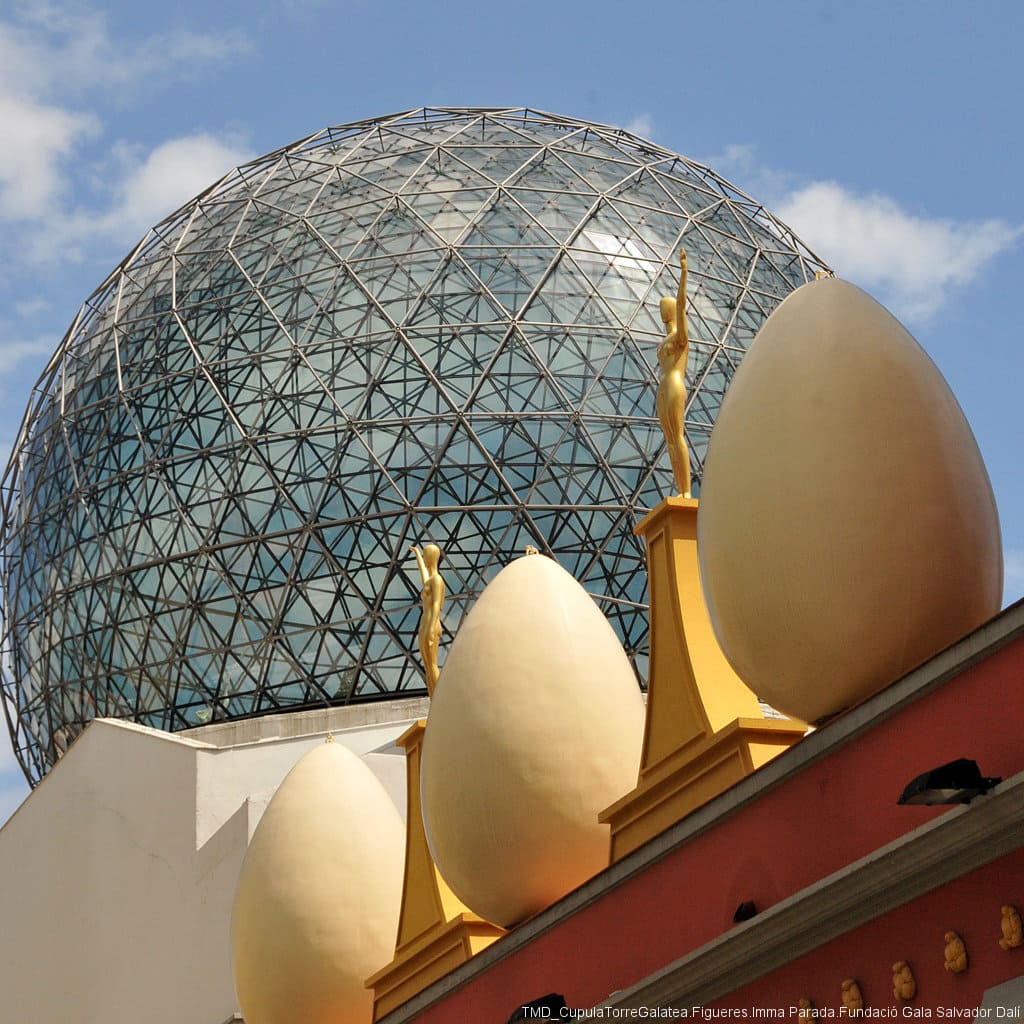
History and archaeology lovers won’t want to miss the Ruins of Empúries. This archaeological site is home to the remains of a Greek and Roman city that became the gateway of these two civilisations in the Iberian Peninsula. Nowadays, the remains of the ancient Greek city “Emporion” and the Roman city “Emporiae” are preserved, the latter dating back to the 1st century BC.
Inspíra’t highly recommends a visit to learn about the life of these civilisations and the footsteps they left behind. The archaeological site can be visited all year round. In summer, incredibly popular dramatized tours are available.
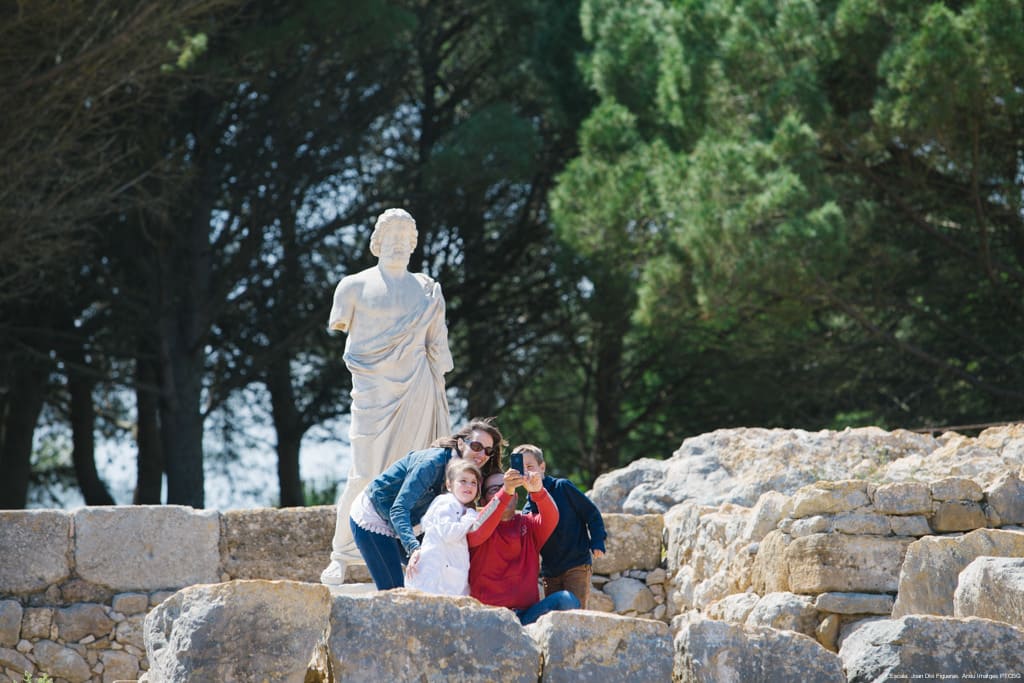
The Port of Palamós is home to the Fishing Museum, a unique spot in the Mediterranean committed to sustainability, the future of the sea and the economic activity of fishing. Tours are available showcasing the past, present and future of fishing in this town. An exhibition displays the fundamental relationship between human beings and the sea.
Want to know what is fished in the Mediterranean? Where fishing takes place? Where are fish caught from? Who the fishermen are? And how they fish? The Palamós Fishing Museum answers all these questions, looks ahead clearly towards the future of fishing, and exudes a sea lovers’ passion. Don’t miss it!
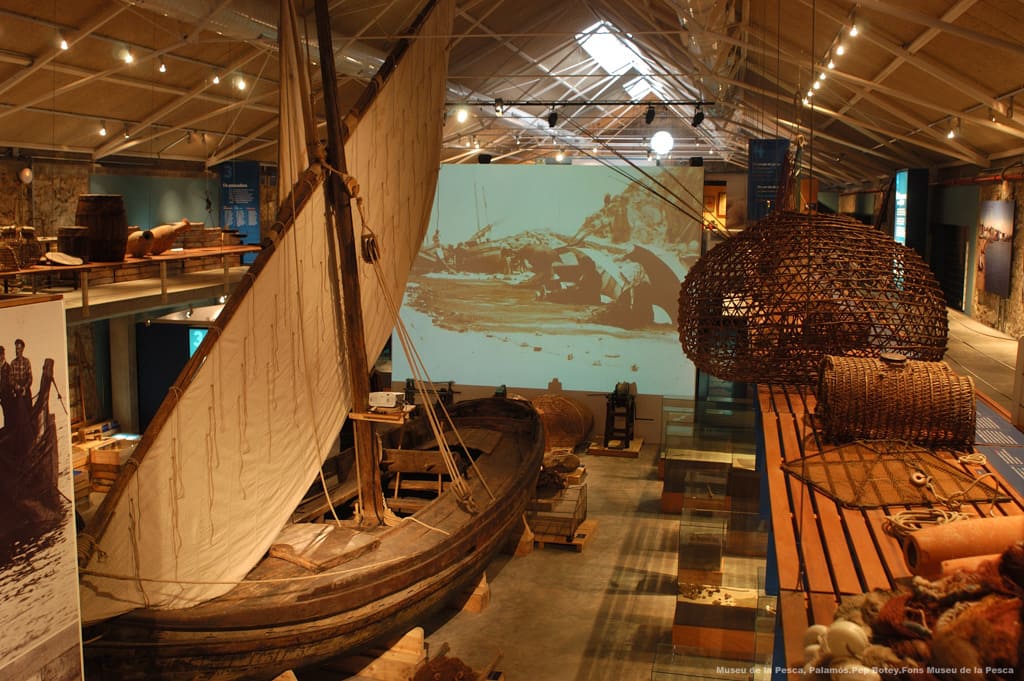
If visiting L’Escala, we recommend a stop at the Anchovy and Salt Museum to learn all about one of this town’s flagship dishes: the L’Escala Anchovy. This museum reveals how anchovies are caught, processed, and preserved.
You’ll have a great visit and will be able to enjoy a delicious tasting of this famous product of L’Escala.
Another fascinating museum in the Girona region is the Cork Museum of Palafrugell. A museum centre that showcases and promotes the heritage of the Catalan cork as a landscape, industry, and way of life.
A visit to the Cork Museum involves entering an old modernist-style cork factory, which was one of the most important in the Spanish industrial sector. Once inside, visitors learn all about the importance of this product in the region and an array of interesting facts.
The Bisbal del Empordà Terracotta Museum helps to preserve and promote the cultural and traditional heritage of the famous Bisbal ceramics. The museum is in an old industrial building, which helps visitors to enter the world of ceramics and learn about the manufacturing processes.
Inspira’t recommends a visit to see over ten thousand ceramic objects, tools, and utensils related to ceramics manufacture, donated to the museum by local producers.
If you’re curious about the world of ceramics and want to learn why this sector is so important in the Empordà region, visit the Terracotta Museum.
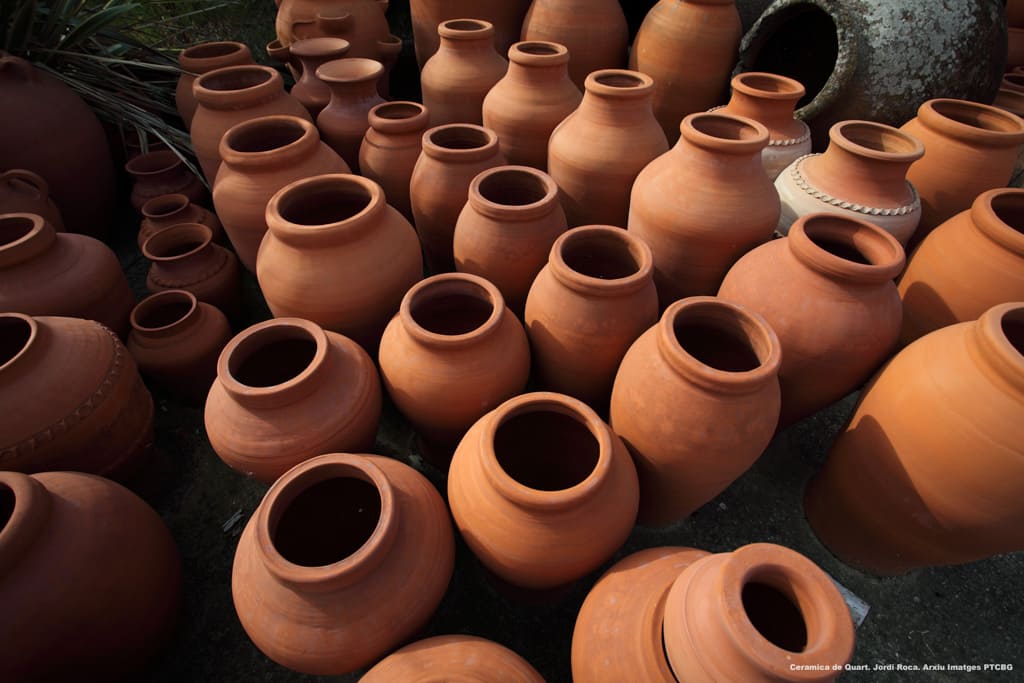
Returning to Figueres, we find a museum that both adults and children will love. The Toy Museum pays homage to toys from different eras, revealing how children of different generations were entertained.
If you want to play and have fun rediscovering the toys of the past, don’t miss this museum full of fun and games.

Although not a museum, we didn’t want to leave the Carmen Thyssen Space in Sant Feliu de Guíxols out. An artistic space where several works from the Baroness’s personal collection are displayed year-round.
Whether passing through the area or spending a few days in Sant Feliu de Guíxols, don’t miss the chance to visit the Carmen Thyssen Space and see works from famous national and international artists.
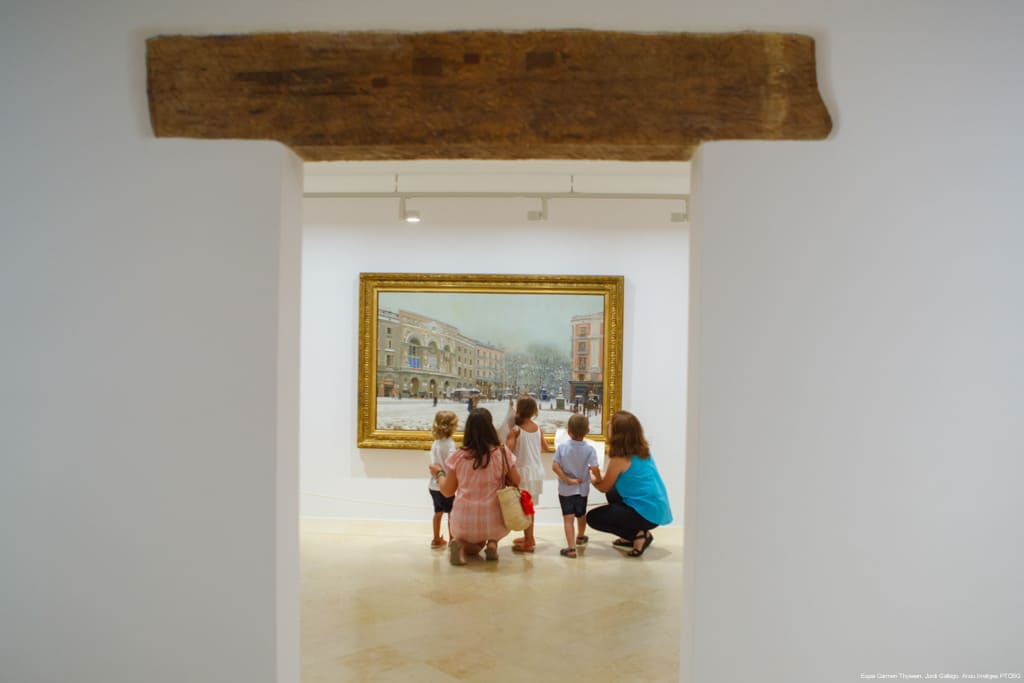
The city of Girona is home to several museums of great cultural and patrimonial interest. Inspíra’t recommends a visit to the Museum of Jewish History, which showcases the important role that the Jewish communities of Catalonia and Girona played in Medieval times. Visitors can learn about their way of life in the Jewish Quarter of Girona.
If you’ve never been, this museum is a must!

We’ll end this post by looking at a museum about volcanoes: the Olot Volcano Museum. Home to a permanent exhibition showcasing the natural environment of the Garrotxa region, and the impact of volcanoes in local seismic and volcanic phenomena.
This visit provides information about the geological nature of the earth and the causes of earthquakes, and the main traits of volcanism in Catalonia. Don’t miss it!
Now that you are familiar with the 10 must-see museums in the Girona region, you have no excuses for not visiting and learning about the rich cultural heritage of a surprising area.
For further ideas, here are 10 must-see places in the Girona region
See you soon!